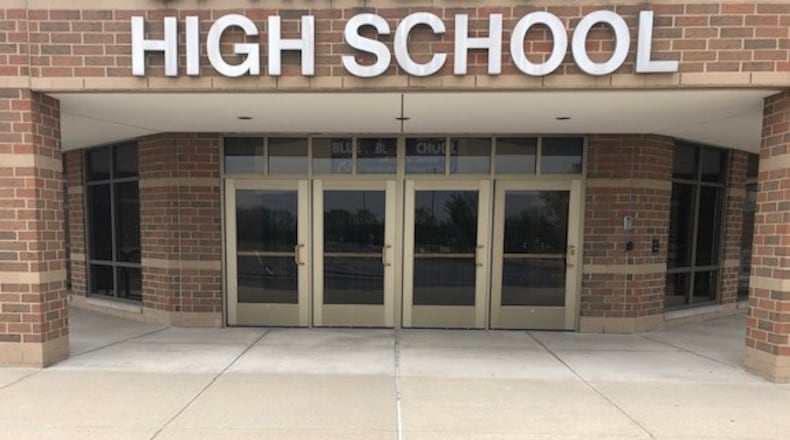The data can’t fully explain the challenges families faced and the reasons for their education choices, but collectively points to the impact of concerns about the quality and feasibility of remote learning and about the safety of in-person learning as the coronavirus spread, the department reported.
Cleveland schools CEO Eric Gordon said his district also saw families switching to home schooling, parents postponing kindergarten, and high schoolers choosing to work instead of engaging with school. There were many factors at play, he said, including families' changing circumstances at home, issues of access to internet and technology, and private schools' relative nimbleness — compared with larger districts — in pivoting to more in-person learning.
“It’s really not up to me to decide how parents should feel,” Gordon said. “I want parents to seek out the best educational opportunity for their child at any time, and that’s even more true today than it probably was pre-pandemic.”
Nearly half the statewide decrease was concentrated among the youngest students, as some parents delayed enrolling or turned to other options. Enrollment decreased in preschool by about 15,000, or 27%, and in kindergarten by about 10,000 students, or 8%.
Brittany Goldsmith, of Toledo, said she switched her 7-year-old to a Catholic school this fall because it became too much to pay for child care when schools were closed and also keep on top of her daughter’s virtual learning. Her family used state-backed tuition vouchers to help pay for private school.
“I feel bad for the public school system because we’re not going back, certainly not at this point,” Goldsmith said.
She also decided against sending her son to kindergarten this year because he wasn’t ready after missing so much preschool time last spring. He’ll go to private school next year, she said.
The state doesn’t have clear data on how many students have switched to private schools. Enrollment reported for nonpublic charter schools was down slightly, but there are more than 300 nonpublic, non-charter schools that don’t take state funding and aren’t required to report enrollment to ODE, department spokesperson Mandy Minick said.
As for home schooling, data from early in the school year indicated thousands more students are in that category, Minick said.
Ohio also saw more movement to online charter schools, though that isn’t considered a factor in the decreased public enrollment because the e-schools are public, too, Minick said. Those schools added about 13,000 students, growing by over 50%, with notable segments of that growth occurring in elementary grades and among Black students, according to ODE.
It's also possible that some kids dropped out or just stopped attending any sort of schooling, but those numbers are hard to pin down.
“We know that schools are working hard every day, doing everything they can to get those students re-engaged in learning,” Minick said.
The pandemic and related shifts in enrollment might have ripple effects on schools' state funding in the longer term, but the more immediate impact is to amplify the types of questions educators wrestle with all the time about what services and programming they provide, said Kevin Miller, director of governmental affairs for the Buckeye Association of School Administrators.
“I think that's just another part of the conversation that causes superintendents and others to step back and say, ‘OK, why are the kids leaving? What are the gaps, and how do we fill the gaps in?’” Miller said. “A lot of that just comes down to support and opportunities.”
___
Associated Press reporter John Seewer in Toledo contributed to this report.
